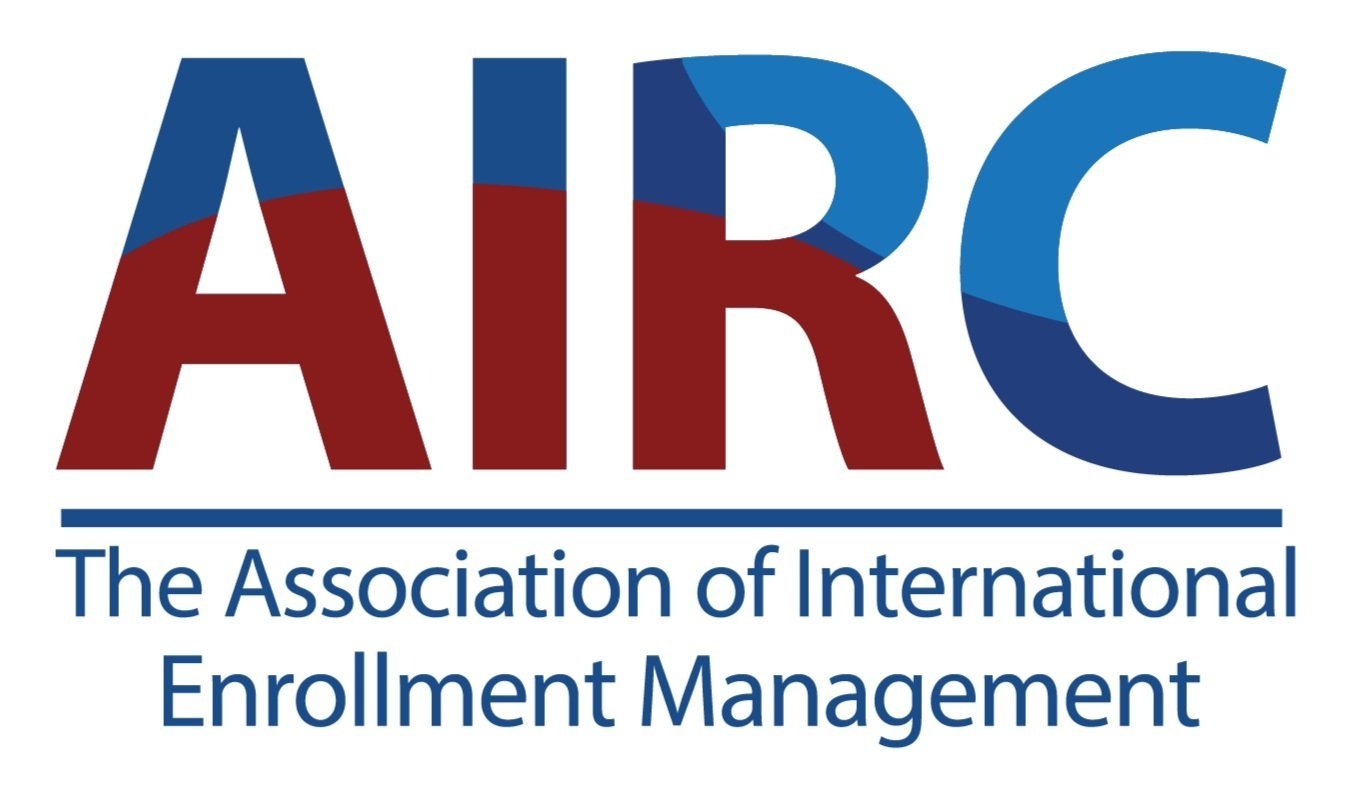What do a battery that can power a car for 240 miles, an online marketplace that directly connects students with landlords, and an app that can identify any song in a matter of seconds all have in common?
They are all inventions of former international students.
In 2020, there were over 6.3 million international students who together contributed $370 billion to the global economy.(1) These students have created jobs, built billion-dollar companies, and invented processes that have changed the way we live.
International Students Boosting US Economy and Jobs
The US remains one of the most popular destinations for international study in the world. This is due in part to the US having the largest economy in the world and maintaining significantly low rates of unemployment. But this student-economy relationship is mutually beneficial.
In the 2021/22 academic year, the nearly one million international students who attended US colleges and universities contributed $33.8 billion to the US economy and supported more than 335,000 jobs.(2)
While the economic contribution of students last year was 19% higher than 2020/21, it still falls short of the all-time high set in 2018/19, when more than one million students generated $40.5 billion and supported more than 450,000 jobs.
The interactive map below displays the enrollment rates, jobs supported, and overall financial contribution of international students to every US state in 2021/22:
For every three international students in the US in 2021/22, one US job was created. The total number of jobs supported (335,423) by the financial contributions of international students is up 9.5% compared to the prior academic year. Jobs supported by international students in the US dropped by 26.4% last year.
Economic contribution per international student in the US dropped from $38,000 in 2019/20, to $35,000 in 2021/22.
Last year’s $5.5 billion increase has to be mentioned alongside the decline of $10.3 billion in 2020/21—the largest single-year decline since NAFSA began tracking these figures over 20 years ago.
The US has regained about half the ground it lost in the previous year. And while COVID-19 is the default answer for explaining this slow recovery, we can’t forget about the competition. The US is seeing more competition for international students today than ever before.
The Immense Value of US Startups
International students offer more than a dollar value to their host country’s economy. If US policymakers need any incentive to retain and attract top international students, they should look at their recent accomplishments.
In 2018, there were 21 billion-dollar US startups with a founder that first came to the US as an international student. Fast forward to 2022, and the number of billion-dollar startups with an international student founder has exploded to 143.
Over 25% of the 583 US companies valued at a billion dollars or more in 2022 were founded by an international student. Perhaps the most impressive aspect of this feat? The diversity of these former students, who hail from 57 different countries.(3)
A secondary benefit of these businesses? The jobs they create. U.S. billion-dollar startups with an international student founder created an average of 860 jobs in 2022.
Roadblocks to Continued Success
The ceiling for innovation from international students in the US is exponentially high. Barring any major policy changes over the next 3 years, by 2025, the US could easily be the home of over 300 billion-dollar companies founded by an international student.
The biggest thing standing in the way of that? Currently, there is no reliable way under US immigration law for foreign nationals to start a business and remain in the country after founding a company. Successful immigrant entrepreneurs in America are almost always refugees or family-sponsored and employer-sponsored immigrants.
A startup visa that allows international students who found companies and create jobs to remain in the country would be an impactful addition to the US immigration system, opening the door for more students to stay and grow a business after graduation. Institutions should be lobbying their government representatives to reduce barriers for international students to stay and work in the US, as the economic benefits speak for themselves.
(1) Calculated using the per student economic contribution of $58,823, StudyPortals, “Beyond $300 Billion”, 2016. All dollar amounts in USD.
(2) National Foundation for American Policy, NAFSA International Student Economic Value Tool, 2022.
(3) NFAP Policy Brief, Immigrant Entrepreneurs and U.S. Billion-Dollar Companies, Anderson, July 2022.
ABOUT APPLYBOARD
ApplyBoard empowers students around the world to access the best education by simplifying the institutional search, application, and acceptance process. By connecting international students, academic institutions, and recruitment partners on a single online platform, ApplyBoard drives qualified student applicants and diversity to more than 1,600 campuses across Canada, Australia, the United States, the United Kingdom, and Ireland. ApplyBoard has helped more than 600,000 students along their educational journeys.
To learn more about ApplyBoard, please visit applyboard.com.

